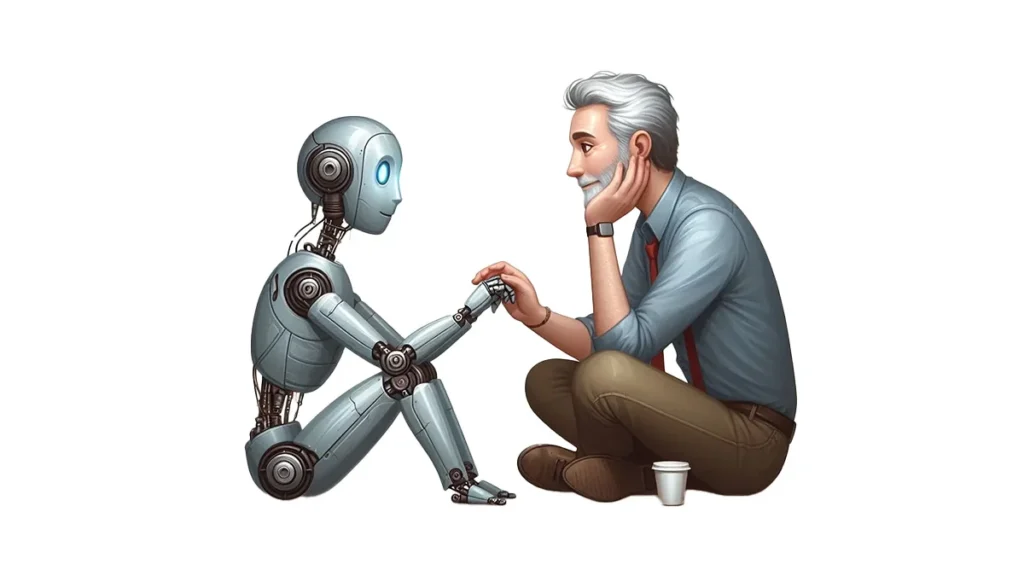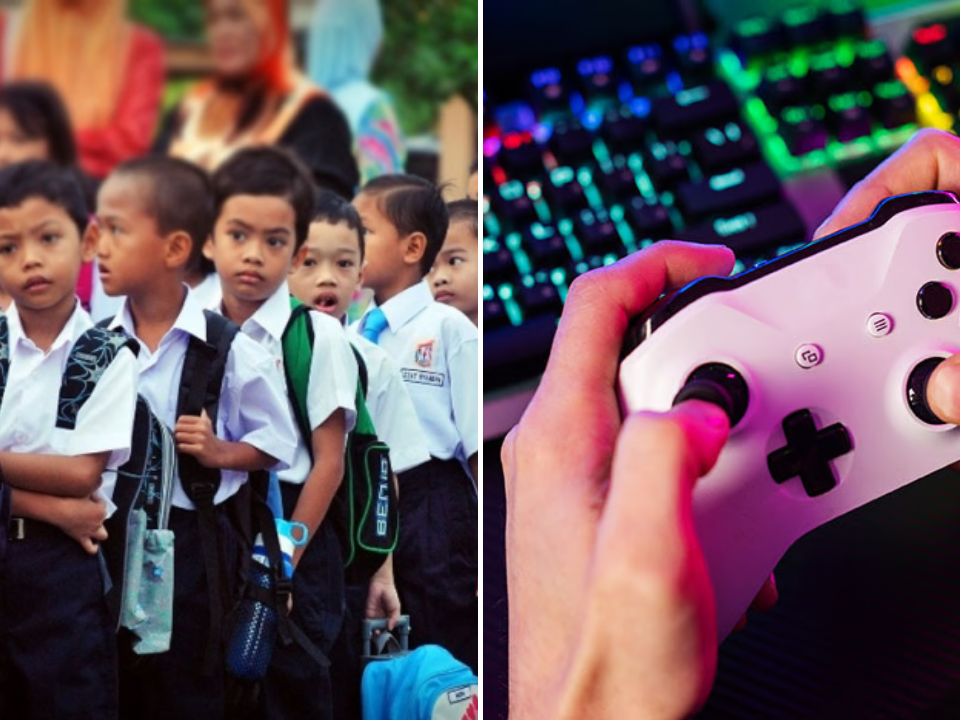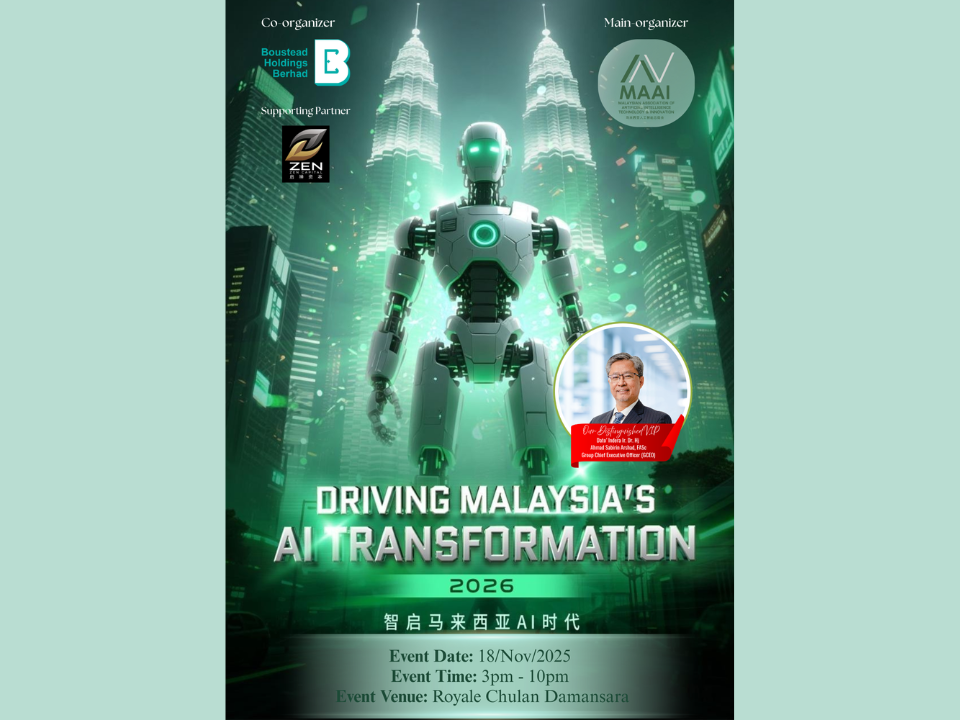
Imagine an AI that knows when you’re frustrated with your bank’s chatbot. Or an ambulance that can send your vitals to the hospital before you even arrive. This isn’t science fiction. It’s DE-CIX’s vision for 2026, where AI won’t just think. It’ll also feel, heal, and build a smarter world.
The Future Just Got Feelings: Welcome to AI 2.0
But as we open the door to emotionally intelligent machines and agentic AI, one question looms large: can Malaysia’s digital infrastructure keep up?
The Emotion AI Paradox In Banking
DE-CIX predicts a game-changing shift in the financial world. Emotion AI, which is AI that reads tone, stress, or hesitation, will make customer service more human than ever, with a market expected to hit USD 9 billion by 2030.
Meanwhile, new global Open Banking rules will push banks to securely share customer data through standardized APIs. For Malaysia, that means two things: adopting secure, consent-based Open Finance systems aligned with Bank Negara Malaysia’s vision, and ensuring sovereign interconnection to protect sensitive financial and emotional data. The result? Smarter, safer, and more empathetic banking.
Real-Time Healthcare Is Here

Image via TheWrap
2026 will also be the year medicine goes real-time. Picture ambulances connected to hospital networks, streaming high-definition patient video and data as they speed through AI-controlled traffic that automatically clears their path.
From wearable health trackers to AI-assisted diagnostics, Malaysia’s healthcare ecosystem is racing toward always-on, always-connected care. And with the global healthcare connectivity market expected to soar from USD 95.3 billion in 2024 to USD 362.7 billion by 2030, 5G and satellite-powered systems will form the backbone of tomorrow’s medical miracles.
Factories Of The Future
In manufacturing, “agentic AI” is about to take charge. By 2026, factories will use autonomous AI systems to oversee everything.
Even NASA is testing autonomous 3D printing on the Moon, using local regolith to build landing pads and habitats. Back on Earth, Malaysia’s manufacturing hubs in Penang, Cyberjaya, and Johor could see a similar transformation, powered by AI-enabled 3D printing and hyper-local micro-factories. These innovations promise faster production, lower carbon footprints, and smarter supply chains.
Malaysia’s AI Revolution Needs Stronger Digital Muscles

The real star of this transformation isn’t just AI. It’s infrastructure. DE-CIX emphasizes that Malaysia’s success will depend on robust, ultra-low-latency interconnection that supports real-time data exchange.
Micro data centers, edge processing, and an interconnected mesh of fiber, mobile, and satellite networks will become vital to Malaysia’s AI readiness. This aligns with national ambitions under MyDIGITAL and the National AI Roadmap 2021–2025, pushing the country closer to its goal of becoming a regional AI and digital powerhouse.
As DE-CIX CEO Ivo Ivanov explains:
“Orchestration of fiber, mobile, and satellite networks will be essential to ensure reach everywhere.”
With innovations like the AI-IX concept, DE-CIX offers businesses the tools to connect securely and harness AI’s full potential, fueling the next generation of AI-powered business models.
In 2026, AI won’t just make decisions. It’ll make connections between human, industrial, and emotional. And Malaysia, with the right digital backbone, is perfectly poised to lead this revolution.










